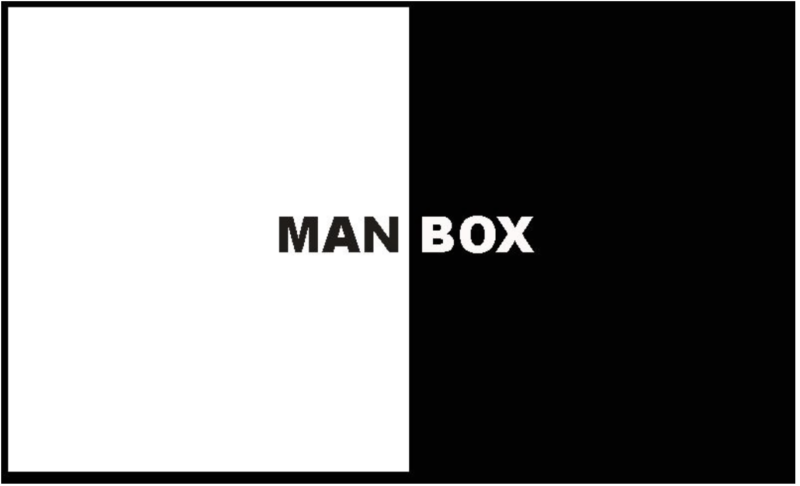
New Year ’23. Time to untwine from the corona-sofa and wait (pray!) for something novel.
Some embrace the beginning of the year as a decent interval to reflect and reset. Others scoff at launching new habits set to fade by February (who needs the torment?) Maybe you float in the middle — serious about progress without being militant.
Wherever you land, beliefs about your capacity for change are worth reviewing.
According to some research, many of us hold an odd understanding of our capacity for change.
. . .
The End Of History Illusion
The phrase “end of history illusion” refers to a set of studies with a peculiar finding:
Most people underestimate how much they will change in the future, despite knowing how much they have changed before now.
In other words, while acknowledging the extent to which you have evolved in the past, you may only expect minor shifts beyond today.
Harbouring little expectation for change is not surprising. You can point to previous experience as clear evidence for the person you NOW believe yourself to be.
The future, though, is unknowable. Anticipating changes down the line is tricky. As a result, you may assume that past developments have led you to where you are now and that this is, primarily, how you’ll remain in the future.
And yet this isn’t quite good enough, is it — so what can we take from these studies?
Whether we like it or not, personal change/progress/ evolution — whatever badge we give it — happens. It’s happening now. So it’s worth a step back to consider what you would like this development to entail — and how you intend to direct it.
Rather than getting tied up in goals, there’s a more helpful place to start: Skills.
For instance, many people might set the goal (or task) of finding a more rewarding job or a better, fulfilling relationship. Fewer people will pay attention to the specific skills required to bring such desires to fruition.
Attempt to be specific about the learning required to make what you want plausible. So, instead of: ‘Who do I want to be?’ begin with, ‘What do I need to be doing?’ These two further questions will aid your thinking:
1. What is it that you want to experience?
Keep asking this question until you get to the bottom. You’ll have to address the underlying beliefs, doubts, fears, and motivations that fuel your desires if you do.
2. What skills (practical and emotional) are you prepared to learn to help make this happen?
Life happens, so we also need a thrid one to anticipate …
3. What might prevent you from taking your skills development forward?
If nothing pops to mind, here’s something: Ambivalence.
Sly, mendacious and low-energy, it will kill your decision-making superpowers. Next, we’ll call it out …
. . .
A theme for reflection: Ambivalence
Understanding ourselves (and other people) requires a toolkit of competencies. Here are two: Identifying themes and asking better questions. Always better questions.
To spot themes, asking the right questions is crucial for keeping your eye on the ball. As humans, we tend to get seduced by life’s plot (twists and turns of the daily adventure). As a result, we lose sight of the wood for the trees.
Instead — to reflect with depth — it’s beneficial to pick up on the themes that emerge. Think of them as contours that characterise the landscape of your life.
A common theme is ambivalence, a.k.a. a brain fart production line.
Ambivalence: The state of having mixed feelings or contradictory ideas about something or someone.
Excess ambivalence is a surefire ticket to analysis paralysis. It gets us lost in the pro and cons of situations — and gives rise to inertia. You might find other peoples’ phones syncing into flight mode too. Why’s nobody available to discuss your issue with you for the zillionth time? Mystery.
Ambivalence is often mundane, e.g. not being able to choose between meals in a restaurant. It can also show up in significant ways — for instance, indecision around pursuing career opportunities.
‘Well, if I do this, I’m going to lose that. But if I do this, I’ll miss that.’
In reality, the only loss is in the constant struggle of ‘Should I or shouldn’t I?’ Wavering represents a cumulative cost to time, focus, and energy otherwise better spent.
While caught up in deciding, the fundamental theme is the underlying fear of what you assume will happen should you make the ‘wrong’ decision.
What advantages might you miss by not making a decision?
What are the potential repercussions of not deciding?
What if there was no wrong decision?
Painting the picture of one option in detail, including pros and cons, is also helpful.
If you like pen and paper, here’s a handy aid to help get your ambivalence-busting decision detection juices flowing.
. . .
A practical skill to help you along — The Power of Ten
As a quick tool to broaden and organise the scope of your thinking, The Power Of Ten is a decent antidote to ambivalence.
If you find yourself between choices and getting lost in the pros and cons of a situation, do this:
1. Grab a whiteboard/ piece of paper
2. Create two columns — one for both options
3. Next, you’ll want four rows — ten minutes, ten weeks, ten months, ten years.
For each option and timeframe, answer this: What will it mean to me (and how would it feel) should I choose this option?
For instance, should I take the new role, or stay put for now?
What would these options mean to you (and how would it feel) in ten minutes, ten weeks, ten months and ten years?
Of course, the exercise requires a degree of conjecture. You can’t know for sure how you’d feel. But if one of those possibilities gets you more excited than the other, that says something.
Remember, motivation is an appetite. Nobody else can motivate you. Motivation is a precious (and irreplaceable) asset, so treat it with care and acknowledge its role for informing your judgement and moving you forward.
—
This post was previously published on Dominic Decker’s blog.
***
You may also like these posts on The Good Men Project:
 White Fragility: Talking to White People About Racism White Fragility: Talking to White People About Racism |
 Escape the “Act Like a Man” Box Escape the “Act Like a Man” Box |
 The Lack of Gentle Platonic Touch in Men’s Lives is a Killer The Lack of Gentle Platonic Touch in Men’s Lives is a Killer |
 What We Talk About When We Talk About Men What We Talk About When We Talk About Men |
Join The Good Men Project as a Premium Member today.
All Premium Members get to view The Good Men Project with NO ADS.
A $50 annual membership gives you an all access pass. You can be a part of every call, group, class and community.
A $25 annual membership gives you access to one class, one Social Interest group and our online communities.
A $12 annual membership gives you access to our Friday calls with the publisher, our online community.
Register New Account
Log in if you wish to renew an existing subscription.
Need more info? A complete list of benefits is here.
—
Photo credit: iStock
The post Three Quick Tools to Set Your Thinking Alight appeared first on The Good Men Project.
